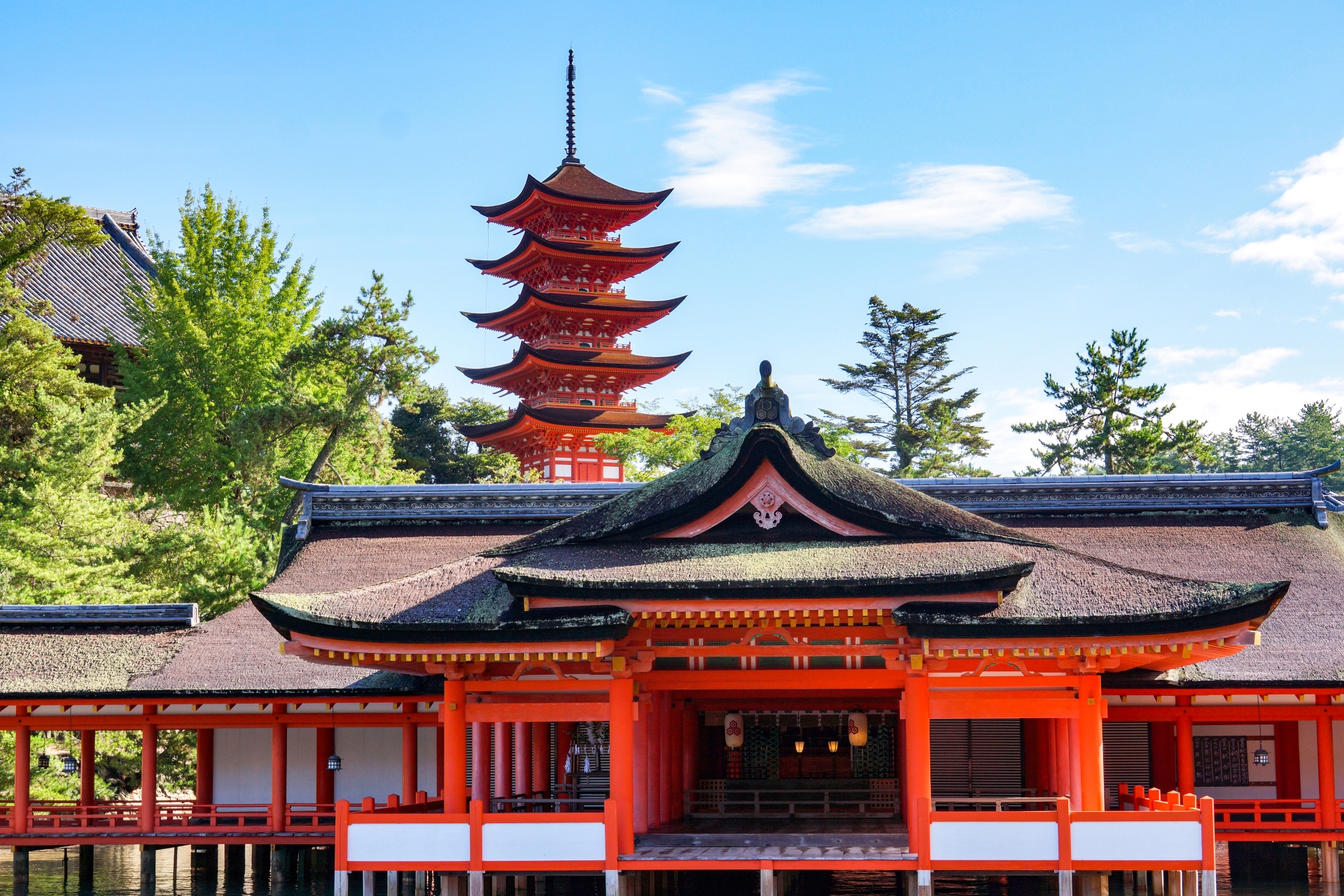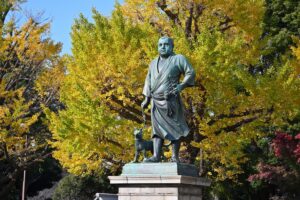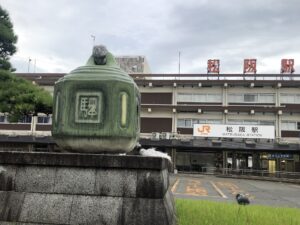Shinto shrines, with their iconic Torii gates and serene settings, are an integral part of Japanese culture and spirituality. Whether you are a traveler planning to visit Japan or someone intrigued by Japanese traditions, understanding the history, practices, and significance of these sacred sites will enrich your experience. This article will guide you through the mystical world of Shinto shrines, from their ancient origins to the proper etiquette for visitors, ensuring a deep appreciation of these cultural treasures.
The History and Significance of Shinto Shrines
Shinto shrines have been central to Japanese culture and religion for centuries. Understanding their origins and cultural significance provides a deeper appreciation of their role in Japan’s spiritual and communal life.
Origins and Development of Shinto Shrines

Shinto shrines have their roots deeply embedded in Japan’s ancient history, originating as places to worship kami, the spirits or deities of the Shinto religion. The earliest shrines were simple structures, often built around natural objects like trees or rocks, which were believed to house these spirits. Over centuries, these shrines evolved into more complex architectural forms, reflecting the growing importance of Shinto in Japanese society. The development of these shrines also mirrors Japan’s political and cultural shifts, such as the influence of Buddhism, which led to the syncretism seen in many shrine-temple complexes.

Cultural and Religious Importance
In Japanese society, Shinto shrines serve as pivotal community centers where people gather to worship, celebrate festivals, and mark significant life events such as weddings and New Year celebrations. These shrines are more than just religious sites; they are cultural hubs that preserve and promote Japanese traditions and customs. The rituals performed at these shrines, from purification to offerings, embody the Shinto belief in harmony between humans, nature, and the kami. This cultural and religious significance makes Shinto shrines a cornerstone of both personal and communal life in Japan.
Visiting a Shinto Shrine: Etiquette and Customs
Visiting a Shinto shrine involves more than just sightseeing. Understanding the proper etiquette and customs is crucial to respecting these sacred spaces and the traditions they uphold.
Rituals and Practices for Visitors

When visiting a Shinto shrine, it is important to follow certain rituals to show respect to the kami. Upon arriving, visitors typically purify themselves by rinsing their hands and mouth at a temizuya (water basin). This is followed by a respectful bow before entering through the Torii gate. Inside, offerings such as coins are placed in a box, and visitors clap their hands twice and bow after making a wish or prayer. These practices, steeped in tradition, are designed to create a connection between the visitor and the kami, fostering a sense of peace and reverence.
Dos and Don’ts for Tourists
While visiting a Shinto shrine, there are several customs that tourists should be mindful of to avoid disrespecting the sacred space. For instance, it is important not to walk directly in the center of the path leading to the shrine, as this is reserved for the kami. Visitors should also avoid taking photos in certain areas, especially during ceremonies, unless explicitly allowed. Dress modestly, and be quiet and respectful while on the shrine grounds. Understanding and observing these practices ensures that visitors can enjoy their experience without inadvertently causing offense.
10 Notable Shinto Shrines to Explore in Japan
Japan is home to many Shinto shrines, each with its own unique history and significance. This section highlights some of the most famous and culturally important shrines across the country.
1.Ise Grand Shrine (Ise Jingū)
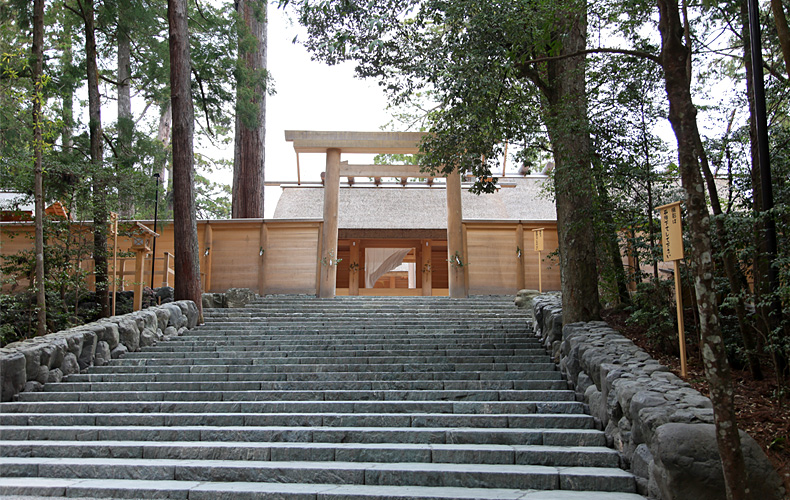
- Location: Mie Prefecture
- History: Considered the most sacred Shinto shrine in Japan, Ise Grand Shrine is dedicated to Amaterasu, the sun goddess and one of the most important deities in Shinto. The shrine complex dates back over 2,000 years and is rebuilt every 20 years in a ritual known as Shikinen Sengū.
- Architecture: The shrine is known for its simple yet elegant architecture, which adheres to the ancient style of Japanese shrines called “Yuiitsu Shinmei-zukuri.” The use of untreated cypress wood and thatched roofs reflects the natural aesthetic central to Shintoism.
- Significance: Ise Jingū is a pilgrimage site for many Japanese people and plays a crucial role in preserving the cultural and religious traditions of Japan.
2.Fushimi Inari Taisha
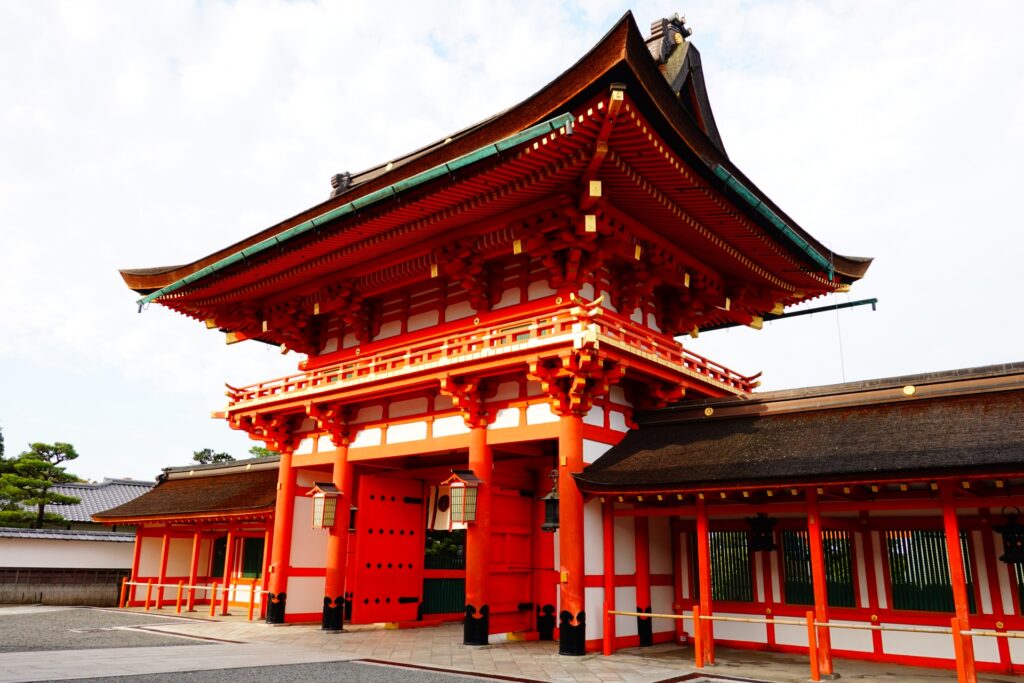
- Location: Kyoto
- History: Founded in 711 AD, Fushimi Inari Taisha is the head shrine of Inari, the kami of rice and agriculture. It is one of the most visited shrines in Japan due to its association with prosperity and good fortune.
- Architecture: The shrine is famous for its thousands of vermilion Torii gates that form a pathway up Mount Inari, creating one of the most iconic and photographed sights in Japan.
- Significance: Fushimi Inari Taisha is revered for its connection to prosperity and success, with visitors often leaving offerings and prayers for business success and good fortune.
3.Meiji Shrine (Meiji Jingū)

- Location: Tokyo
- History: Dedicated to Emperor Meiji and Empress Shōken, Meiji Shrine was completed in 1920, eight years after Emperor Meiji’s death. The shrine was built to honor the emperor’s role in the Meiji Restoration and Japan’s modernization.
- Architecture: The shrine is surrounded by a vast forest in the heart of Tokyo, creating a peaceful sanctuary amidst the bustling city. The architecture is a blend of traditional Japanese style with influences from the Meiji period.
- Significance: Meiji Shrine is one of the most important Shinto sites in Tokyo, attracting millions of visitors, especially during New Year’s celebrations when people come to pray for good fortune in the coming year.
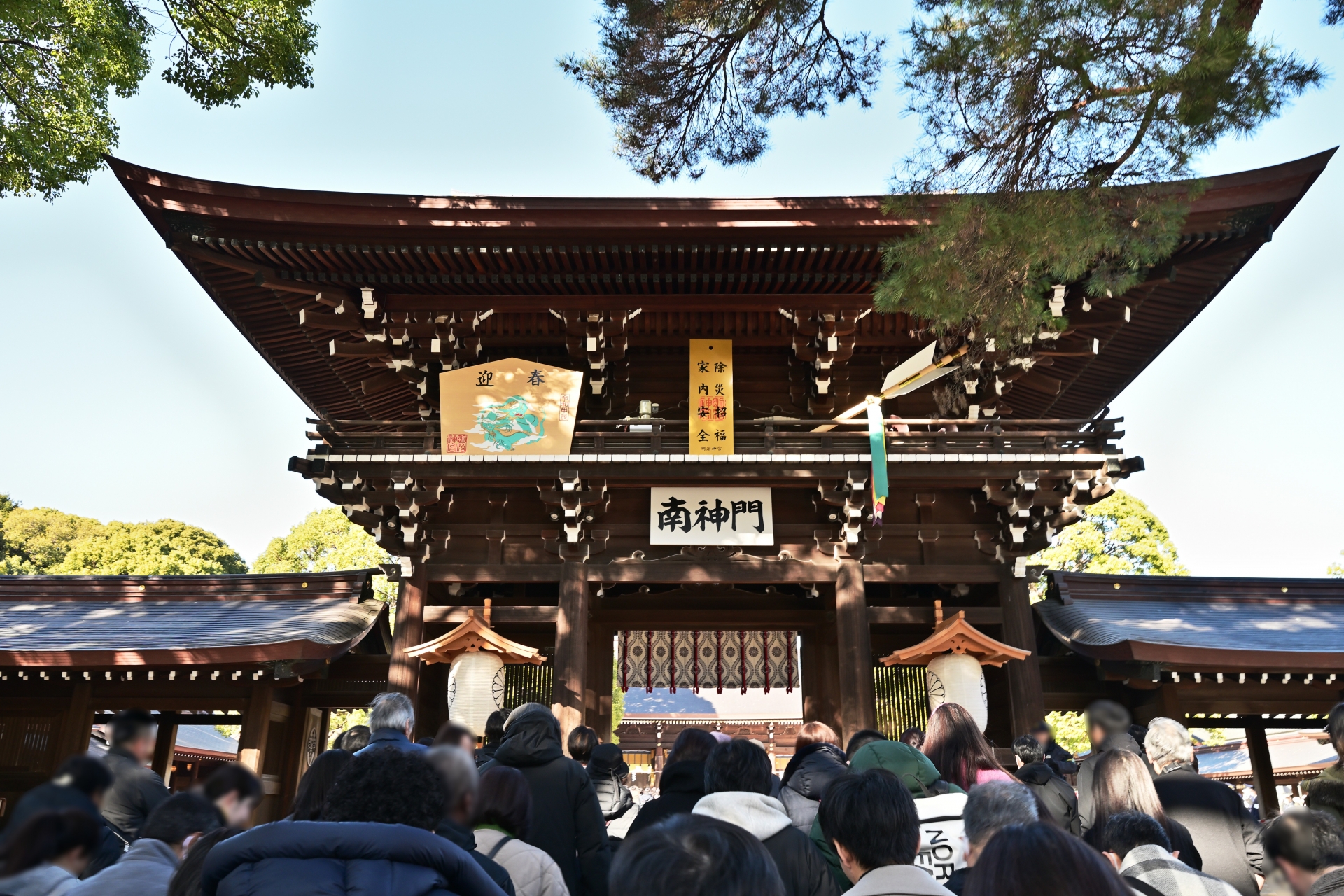
4.Izumo Taisha
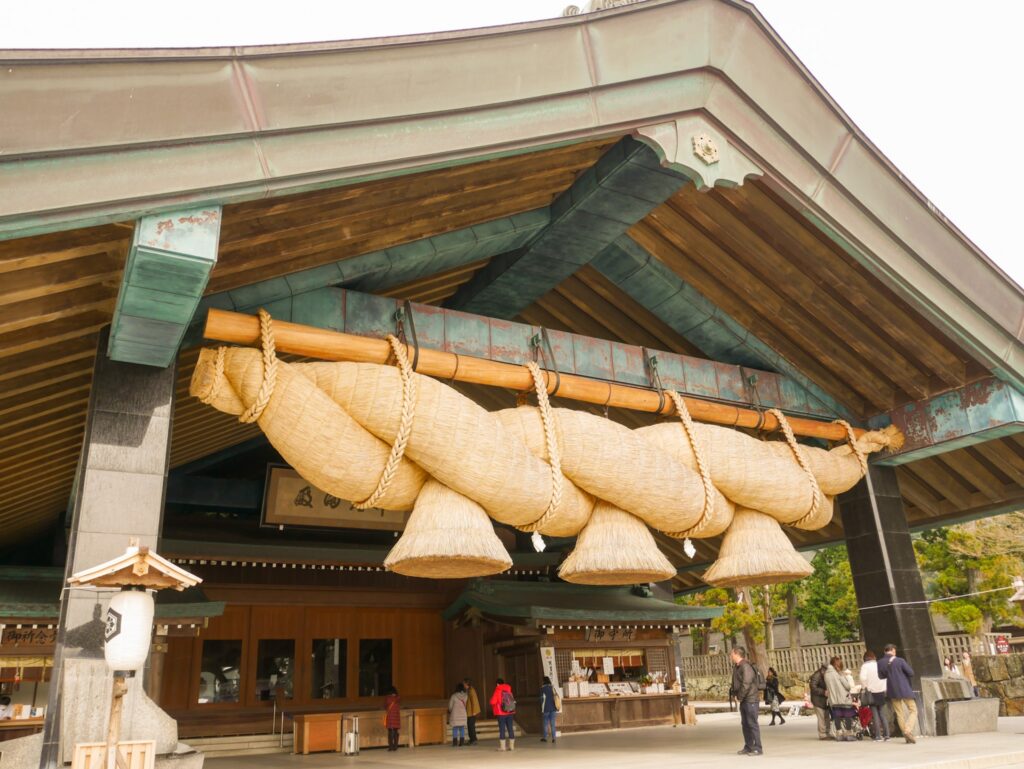
- Location: Shimane Prefecture
- History: Believed to be one of the oldest Shinto shrines in Japan, Izumo Taisha is dedicated to Ōkuninushi, the deity of marriage and relationships. The shrine is mentioned in the ancient chronicles of Japan, making it a site of great historical significance.
- Architecture: The main hall, known as Honden, is notable for its grand size and ancient architectural style, which includes a steep thatched roof and large pillars.
- Significance: Izumo Taisha is renowned as a place for prayers related to relationships and marriage, and it is a popular destination for those seeking blessings in their personal lives.
5.Toshogu Shrine
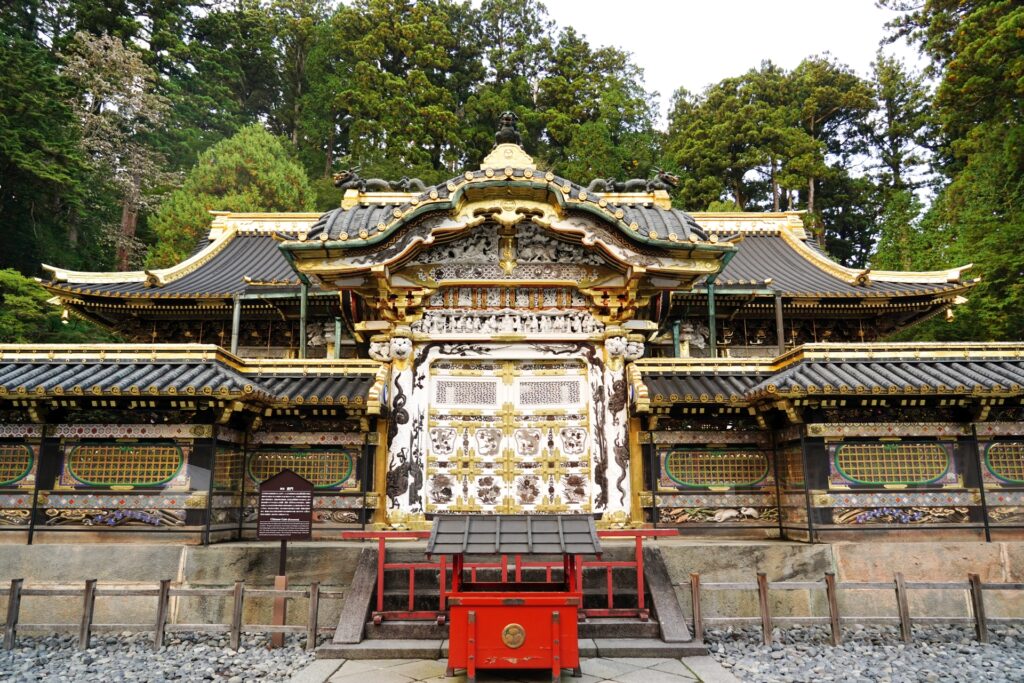
- Location: Nikko, Tochigi Prefecture
- History: Toshogu Shrine is dedicated to Tokugawa Ieyasu, the founder of the Tokugawa Shogunate, and was built in 1617. It is part of a UNESCO World Heritage site that also includes other significant shrines and temples in Nikko.
- Architecture: The shrine is known for its lavish decorations, intricate carvings, and the famous Yomeimon Gate. The ornate design reflects the power and wealth of the Tokugawa Shogunate.
- Significance: Toshogu Shrine is both a religious site and a symbol of Tokugawa Ieyasu’s legacy, attracting visitors interested in Japan’s feudal history.
6.Atsuta Shrine

- Location: Nagoya, Aichi Prefecture
- History: Atsuta Shrine is one of the most revered Shinto shrines, enshrining the sacred sword Kusanagi-no-Tsurugi, one of the three imperial regalia of Japan. The shrine dates back nearly 2,000 years.
- Architecture: The shrine complex is surrounded by a dense forest, and its buildings are traditionally constructed using ancient techniques. The main hall is designed in the Shinmei-zukuri style, similar to Ise Jingū.
- Significance: Atsuta Shrine is a major site for worship, especially for those seeking blessings for protection and good fortune, and it hosts numerous festivals throughout the year.
7.Heian Shrine

- Location: Kyoto
- History: Heian Shrine was built in 1895 to commemorate the 1,100th anniversary of the founding of Kyoto (Heian-kyō) and is dedicated to Emperor Kanmu and Emperor Kōmei, the first and last emperors to rule from Kyoto.
- Architecture: The shrine is famous for its large Torii gate, one of the largest in Japan, and its sprawling garden, which is a replica of the Heian period’s ancient capital.
- Significance: Heian Shrine is a popular site for cultural events and festivals, particularly the Jidai Matsuri, which celebrates Kyoto’s rich history.
8.Kumano Nachi Taisha
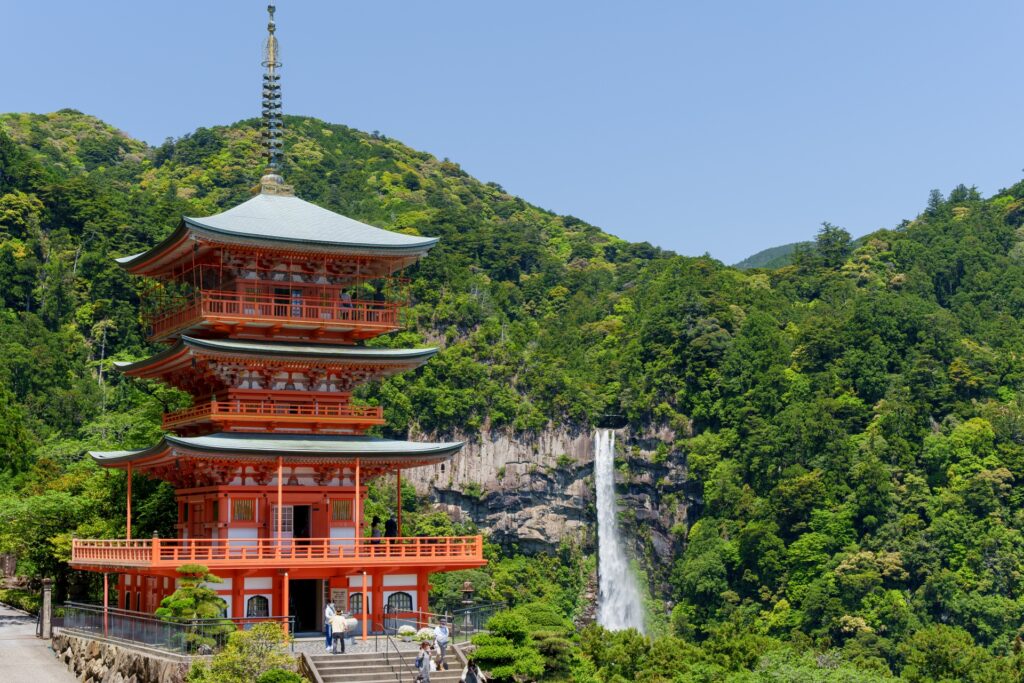
- Location: Wakayama Prefecture
- History: Kumano Nachi Taisha is part of the Kumano Sanzan, three grand shrines that are central to the Kumano Kodo pilgrimage routes, which are UNESCO World Heritage sites. The shrine is dedicated to the deity of Nachi Falls, Japan’s tallest waterfall.
- Architecture: The shrine is nestled in the mountains and overlooks Nachi Falls, integrating natural beauty with spiritual reverence. The bright vermilion buildings contrast with the lush greenery of the surroundings.
- Significance: Kumano Nachi Taisha is a place of pilgrimage and spiritual reflection, attracting visitors seeking to connect with nature and the divine.
9.Itsukushima Shrine
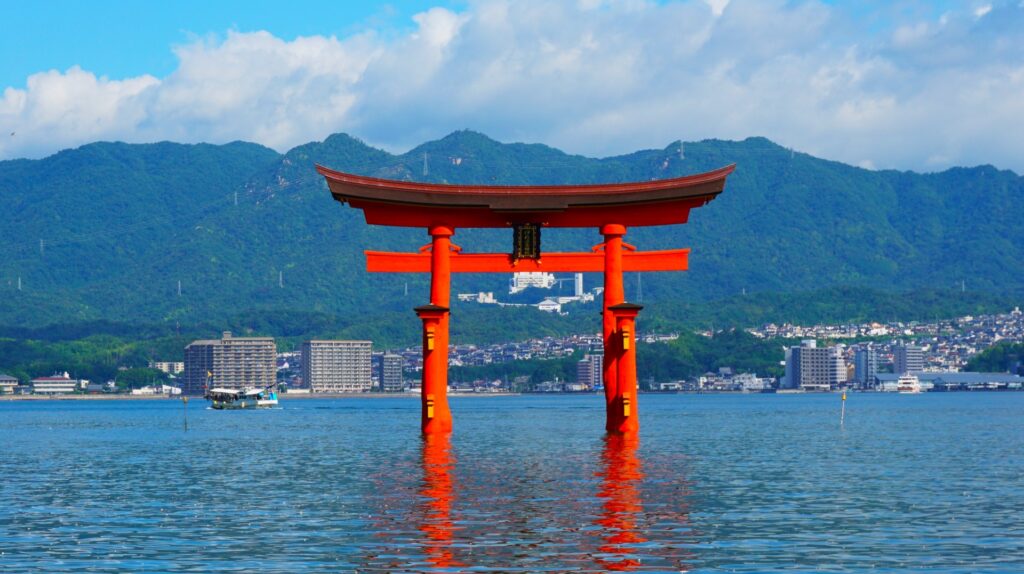
- Location: Miyajima, Hiroshima Prefecture
- History: Itsukushima Shrine, located on the island of Miyajima, dates back to the 6th century and is dedicated to the goddess of the sea, Ichikishima-hime. The shrine is famous for its “floating” Torii gate, which appears to be floating on water during high tide.
- Architecture: The shrine’s unique design extends over the water, with boardwalks connecting various buildings. The iconic Torii gate is a symbol of Japan and a designated national treasure.
- Significance: Itsukushima Shrine is a UNESCO World Heritage site and is celebrated for its scenic beauty and spiritual significance, drawing visitors from all over the world.
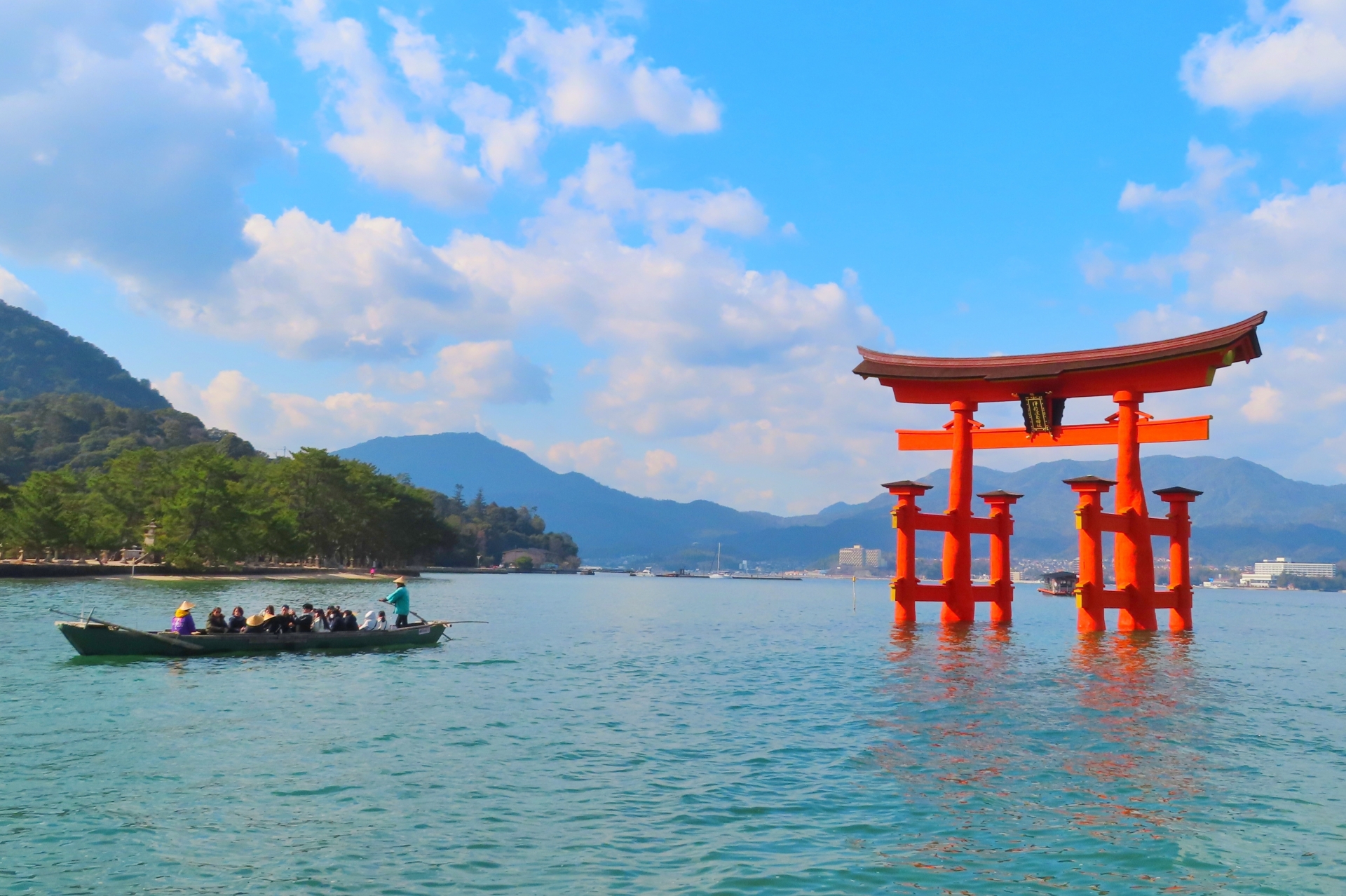

10.Kasuga Taisha
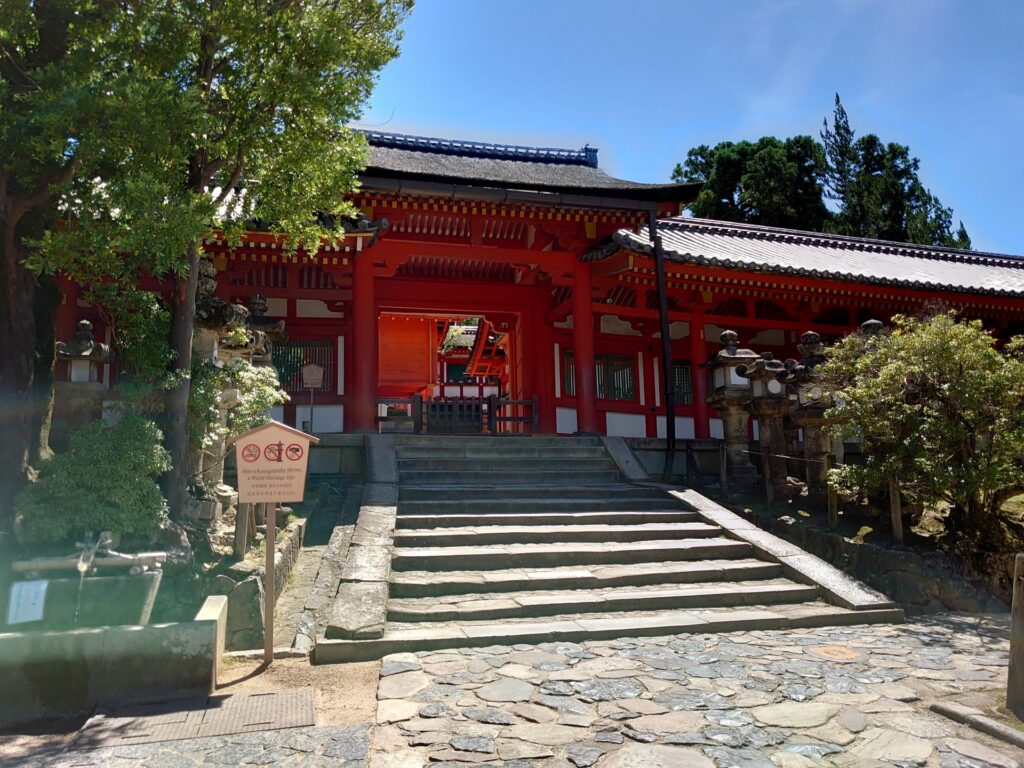
- Location: Nara
- History: Kasuga Taisha was established in 768 AD and is the family shrine of the powerful Fujiwara clan. The shrine is known for its numerous bronze and stone lanterns, which are lit during the biannual lantern festivals.
- Architecture: The shrine’s architecture is characterized by its vermilion buildings and the extensive use of lanterns. The surrounding deer park adds to the serene atmosphere of the shrine.
Significance: Kasuga Taisha is a key historical site in Nara and plays an important role in the preservation of ancient Japanese culture and traditions.
Hidden Gems: Lesser-Known Shrines
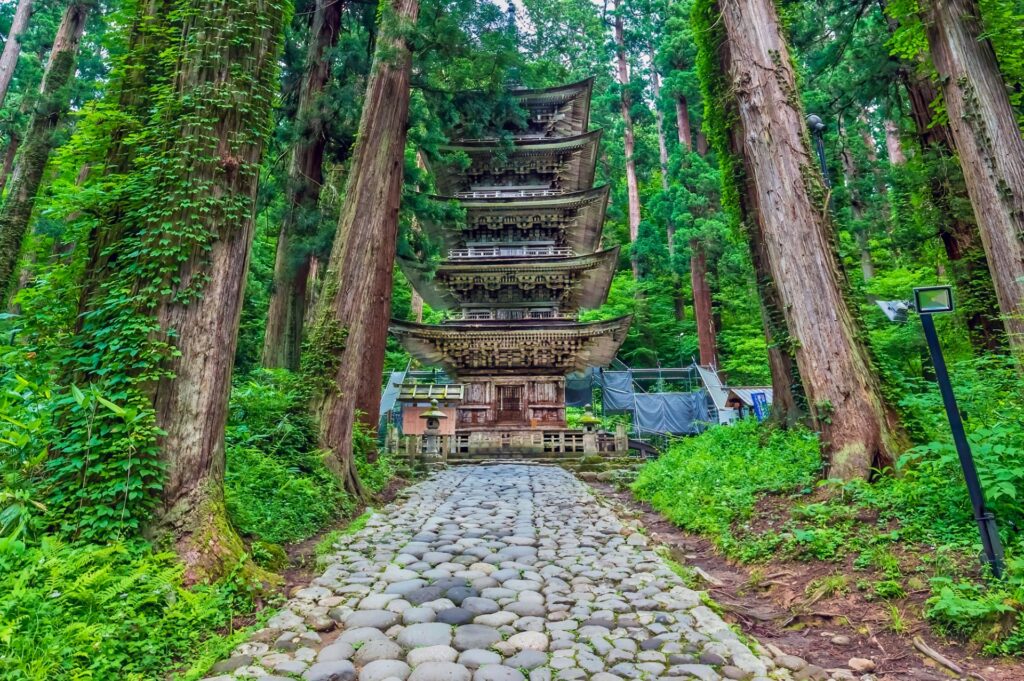
Beyond the famous shrines, Japan is dotted with lesser-known but equally significant Shinto shrines that offer a more intimate experience. These hidden gems, often located in remote areas or smaller towns, provide a peaceful retreat from the hustle and bustle of the more popular sites. Shrines like the Kifune Shrine in Kyoto, known for its water deity worship, or the Dewa Sanzan shrines in Yamagata, which represent the journey of life and death, are perfect for those seeking to deepen their understanding of Shinto beliefs and practices.
The Spiritual Practices of Shintoism at Shrines
Shintoism, the indigenous faith of Japan, is deeply intertwined with the rituals and ceremonies held at Shinto shrines. These practices offer insight into the spiritual life of Japan and the ways in which people connect with the kami.
Shinto Ceremonies and Festivals
Shinto shrines are the centerpieces of many traditional Japanese festivals, known as matsuri. These festivals, which often involve processions, music, and dance, are not just cultural events but are deeply religious ceremonies that honor the kami. Major festivals like Gion Matsuri in Kyoto or Kanda Matsuri in Tokyo draw large crowds and are occasions for community bonding and spiritual renewal. Each festival has its own unique set of rituals and traditions, reflecting the local culture and the specific kami worshiped at the shrine.
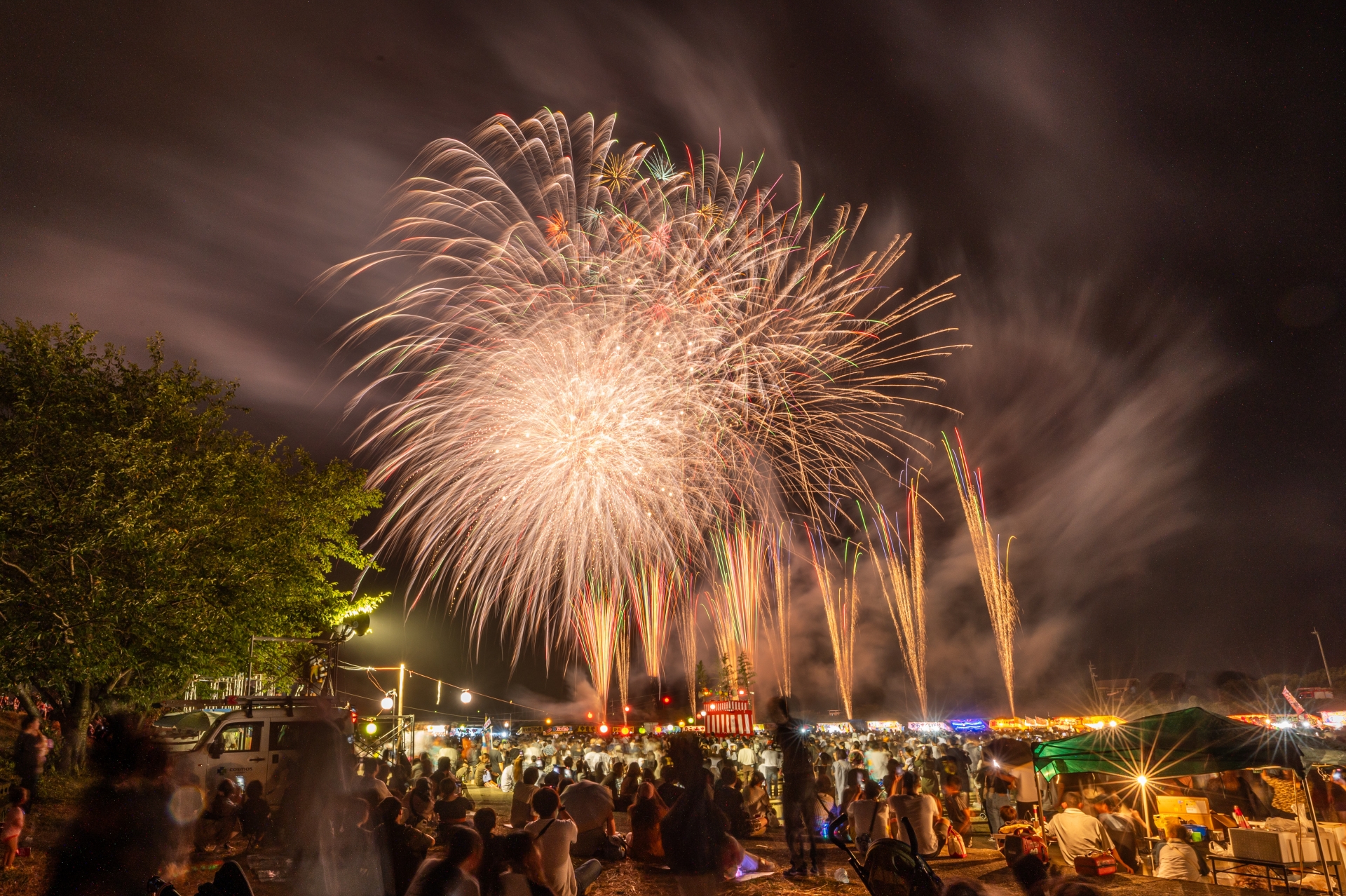
The Role of Priests and Rituals
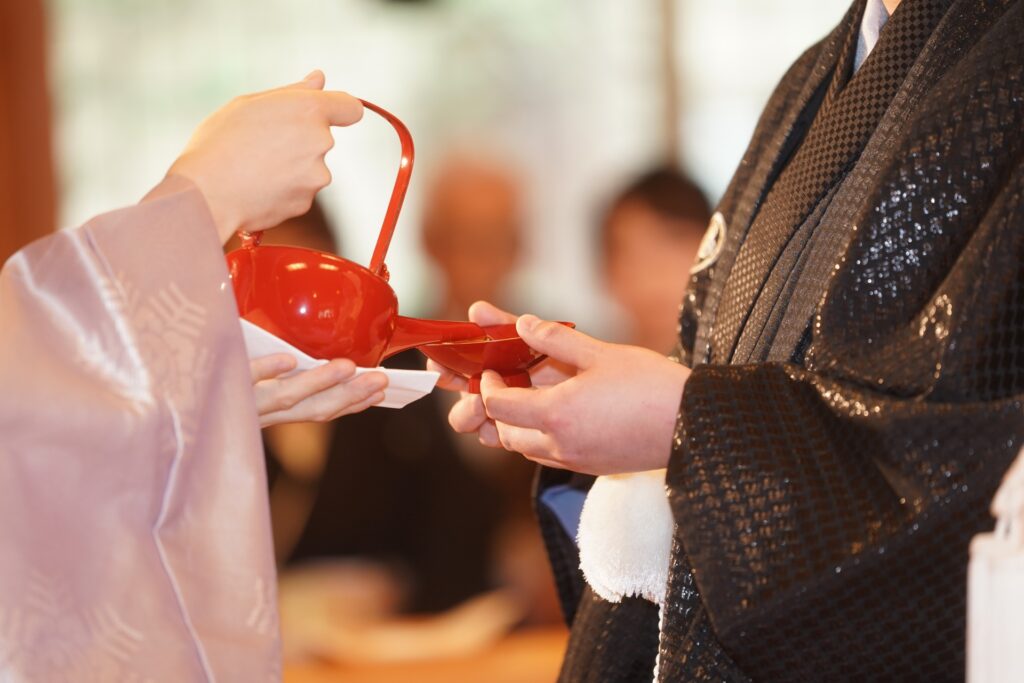
Shinto priests, known as kannushi, play a crucial role in maintaining the shrine and conducting rituals. These rituals, which range from daily offerings to elaborate ceremonies during festivals, are meant to appease and communicate with the kami. The priests also perform rites for life events such as births, marriages, and even car blessings, reflecting Shinto’s role in everyday Japanese life. Through these rituals, Shinto shrines continue to serve as vital spiritual and cultural centers in Japan.
Shinto Shrines in Modern Japanese Culture
Shinto shrines are not just historical relics but continue to influence modern Japanese culture, architecture, and even pop culture. Their presence is felt in various aspects of daily life in Japan.
Influence on Architecture and Design
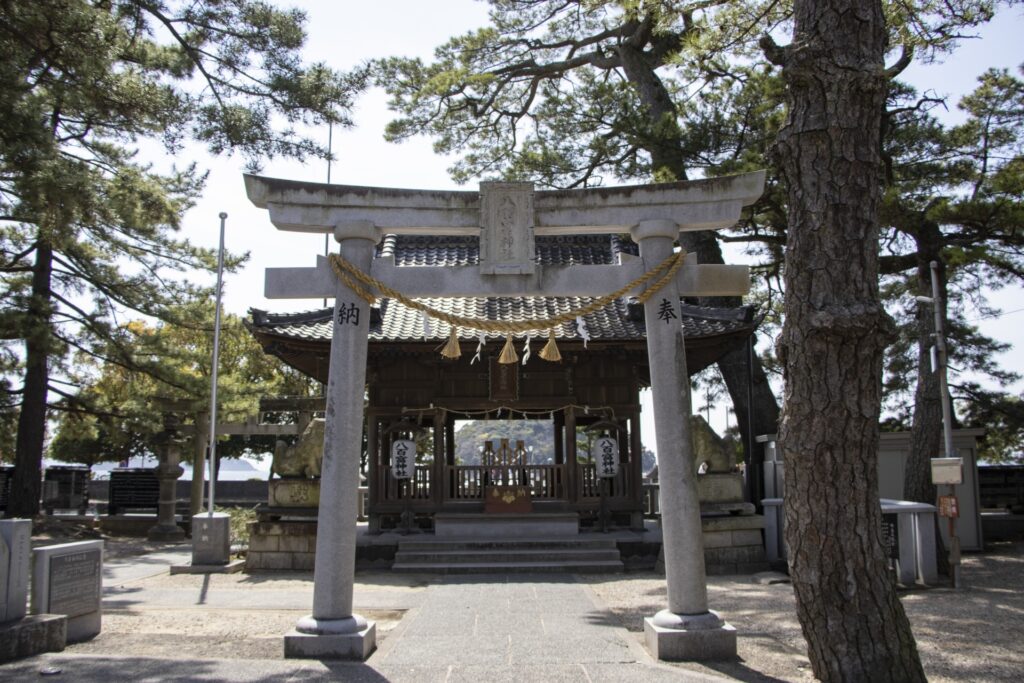
The architectural design of Shinto shrines, characterized by features like the Torii gate, the honden (main hall), and the use of natural materials, has had a profound influence on modern Japanese architecture. This influence is seen in the minimalist aesthetic, the integration of natural elements, and the emphasis on harmony and simplicity that are hallmarks of contemporary Japanese design. Even modern buildings often incorporate elements inspired by shrine architecture, reflecting the enduring legacy of Shinto shrines in Japanese culture.
Representation in Popular Media

Shinto shrines are frequently depicted in Japanese pop culture, including anime, manga, and films. These representations often highlight the mystical and spiritual aspects of the shrines, contributing to their image as places of magic and tradition. For instance, the portrayal of shrines in popular anime like “Spirited Away” or “Your Name” has helped introduce international audiences to the beauty and cultural significance of these sacred sites. This pop culture presence also influences how both Japanese and international audiences perceive and interact with Shinto shrines today.

